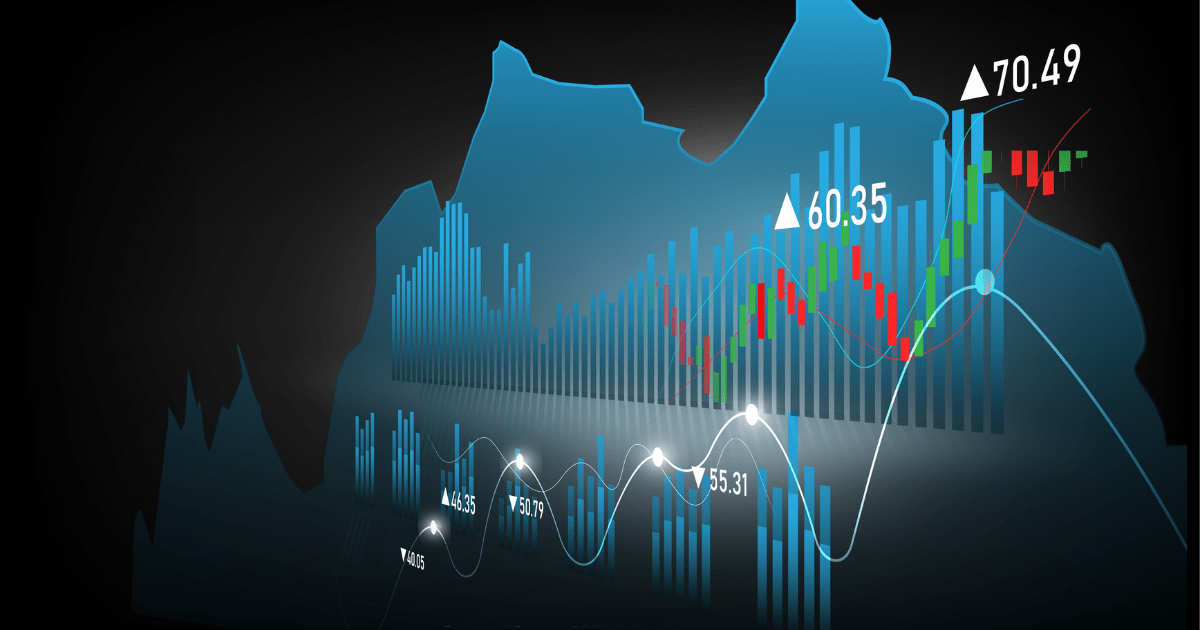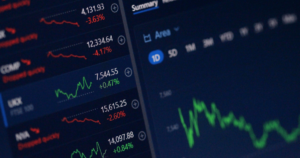What is a Pip in Forex Trading?
A pip, short for “points in percentage,” is the smallest incremental move that a currency pair can make. It represents the standardized unit for measuring changes in exchange rates. While pips do not have an inherent cash value, they are used to calculate profits and losses in forex trading transactions. Typically, one pip is equivalent to 1/100th of one cent on most exchanges.
How Do Pips Work?
Pips measure the amount of change in the exchange rate of a currency pair. The calculation of pips depends on the decimal place used for that particular currency pair. In most cases, pips are calculated using the fourth decimal place. However, in Japanese Yen pairs, pips are calculated using the second decimal place.
For example, let’s consider the EUR/USD currency pair. If the exchange rate moves from 1.1080 to 1.1081, it represents an increase of one pip. On the other hand, in the USD/JPY currency pair, a movement from 10.44 to 10.43 is a decrease of one pip.
Understanding Pipettes:
Pipettes are fractional pips and are commonly used to express smaller price movements. They are calculated using the fifth decimal place in most currency pairs, except for Japanese Yen pairs, where the third decimal place is used. One pipette is equal to one-tenth of a pip.
For instance, in the EUR/USD currency pair, a movement from 1.10811 to 1.10812 represents an increase of one pipette. Similarly, in the USD/JPY pair, a movement from 10.433 to 10.432 indicates a decrease of one pipette.
Calculating Pip Value:
The value of a pip is determined by several factors, including the currency pair, exchange rate, and position size. To calculate the value of a pip, you need to multiply one pip (0.0001) by the lot or contract size. Standard lots comprise 100,000 units of the base currency, while mini lots consist of 10,000 units.
For example, if we consider the EUR/USD currency pair, one pip movement using a standard lot would be equal to $10 (0.0001 x 100,000). The pip value is essential for assessing the performance of a position, whether it results in a gain or loss.
Understanding the Spread:
The spread refers to the difference between the bid and ask price of a currency pair. It represents the cost of executing a trade and is determined by market liquidity and the broker’s pricing model. Spreads can vary across different currency pairs and trading platforms.
To calculate the spread, you need to understand the bid and ask prices. The bid price is the price at which you can sell the base currency, while the ask price is the price at which you can buy the base currency. The difference between these two prices defines the spread.
The Difference Between a Pip and a Pipette:
The main difference between a pip and a pipette lies in their decimal place of calculation. A pip measures movement in the fourth decimal place, while a pipette measures movement in the fifth decimal place. In the case of Japanese Yen pairs, the pip relates to the second decimal point, and the pipette corresponds to the third decimal point. Therefore, a pipette is equivalent to one-tenth of a pip.
Frequently Asked Questions (FAQs):
What is a pip in stocks?
In stock trading, pips are not commonly used to define price movement. Stock prices tend to fluctuate more aggressively than in the foreign exchange market.
What is a pip in crypto?
Pips can be used in the crypto market to measure the movement in the price of a cryptocurrency. Since cryptocurrencies are traded at the dollar level, a price movement from, for example, $2,401 to $2,402 would signify a one-pip movement.
Key Takeaways:
- Pips are the smallest incremental move in a currency pair and play a crucial role in calculating profits and losses in forex trading.
- Pipettes are fractional pips and represent smaller price movements.
- The value of a pip is determined by the currency pair, exchange rate, and position size.
- The spread is the difference between thebid and ask price of a currency pair.
- Understanding the difference between a pip and a pipette is important for precise measurement of price movements.
In conclusion, having a solid grasp of pips and pipettes is essential for any forex trader. These concepts enable traders to understand price movements, calculate profits and losses accurately, and make informed trading decisions. By understanding the difference between pips and pipettes and how to calculate their values, traders can effectively manage their positions and evaluate their trading performance.
It’s important to note that while pips and pipettes provide valuable information, they are just one aspect of forex trading. Traders should consider other factors such as market analysis, risk management, and trading strategies to build a comprehensive approach to trading.
Remember, practice and experience are key to mastering the intricacies of forex trading. Continuously educating oneself about the market and staying updated with industry trends will contribute to becoming a successful forex trader.








